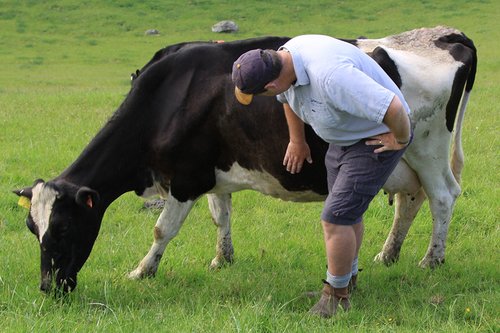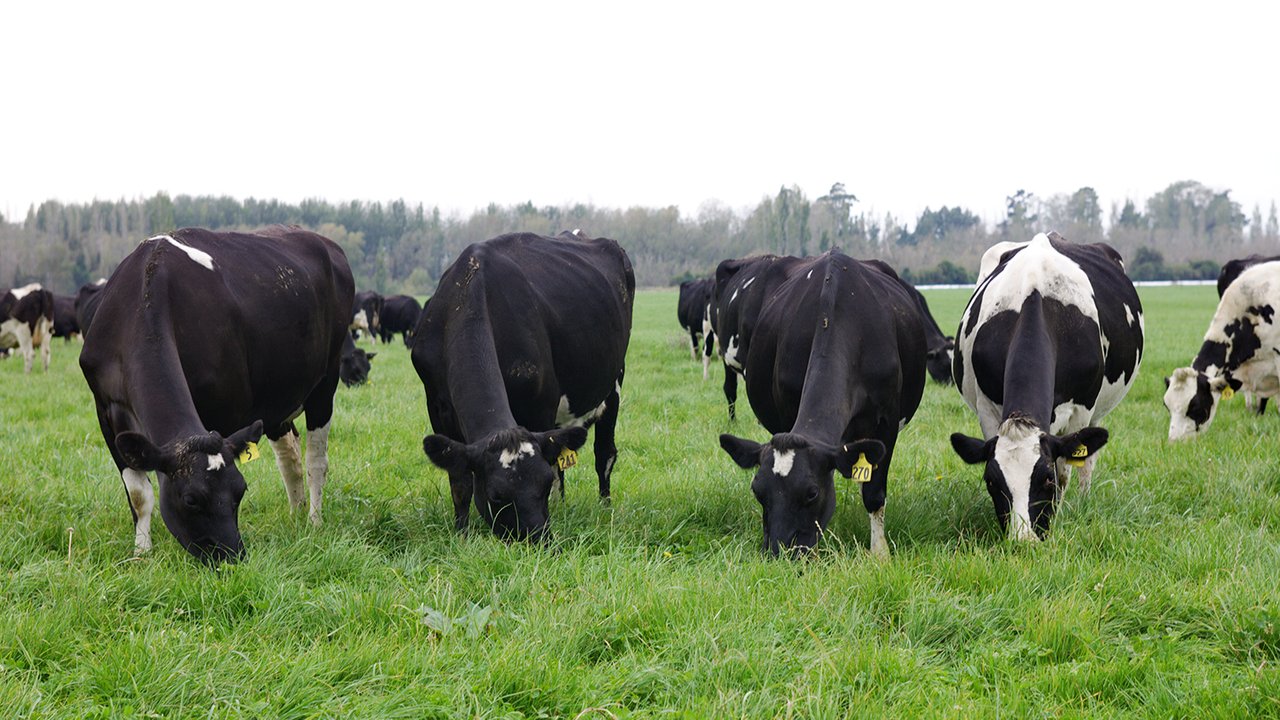Getting the mating results you want means keeping your eye on the ball throughout the season.
For many farmers, calving is just around the corner so mating may be of little concern right now – but putting spring tasks on the back-burner during calving may mean missed opportunities to set the herd up for a great mating.
Here are some key areas to focus on to stay on the path to mating success:
Minimise body condition score (BCS) loss after calving
 Cows that lose one condition score (or less) get back in-calf earlier than the cows that lose more than one condition score*.
Cows that lose one condition score (or less) get back in-calf earlier than the cows that lose more than one condition score*.
- Have a transition management plan in place, especially for transitioning on and off crops
- Monitor for feed pinches and adjust feeding if needed (point #2 on page 88 of the InCalf book)
- Preferentially manage/feed your: (i) young (first and second calvers); (ii) light, and; (iii) sick cows
Minimise health issues
Cows that suffer health problems at calving or during early lactation often have lower reproductive performance^.
- Consult your vet about prevention strategies
- Ensure adequate minerals are supplied (based on your herd’s needs/veterinary recommendations)
- Monitor for, and actively manage (if needed) infectious diseases such as BVD
- Limit the impact of health problems by quickly identifying and treating sick cows
- Ensure all staff are able to identify, record, and treat sick animals
Identify below-target animals & manage preferentially
Calving BCS is a key determinant of mating results*.
If 75% or more of your herd calve at their target BCS score, congratulations!... you’ve given your cows a great start to the season.
If your cows calve below their target BCS, the options below may help lessen the impact when it comes to reproductive results:
- Put them in a separate mob
- Increase feed allowance/supplementation
- Ensure pasture/supplements fed are high quality/metabolic energy
- Put them on once-a-day: This could be from calving, or at least one month out from the start of mating
- Have a non-cycler treatment plan in place for those identified as ‘not cycling 10 days before mating starts’.
Cows don’t put on BCS in the last month before calving*, so for those farmers more than a month out from calving, you still have time to work on your cows’ BCS.
Closely monitor BCS and adjust feeding to help ensure every cow will calve at her target BCS.
Small changes
You don’t need to make wholesale changes to your calving plan or early lactation management, but making a few tweaks to your every-day decisions may help to the girls get ready to roll at mating time.
For more advice, talk to your rural advisor and check out chapter 11 & 12 in the updated InCalf book.
*The DairyNZ InCalf book (2nd edition), chapter 11
^The DairyNZ InCalf book (2nd edition), chapter 12






